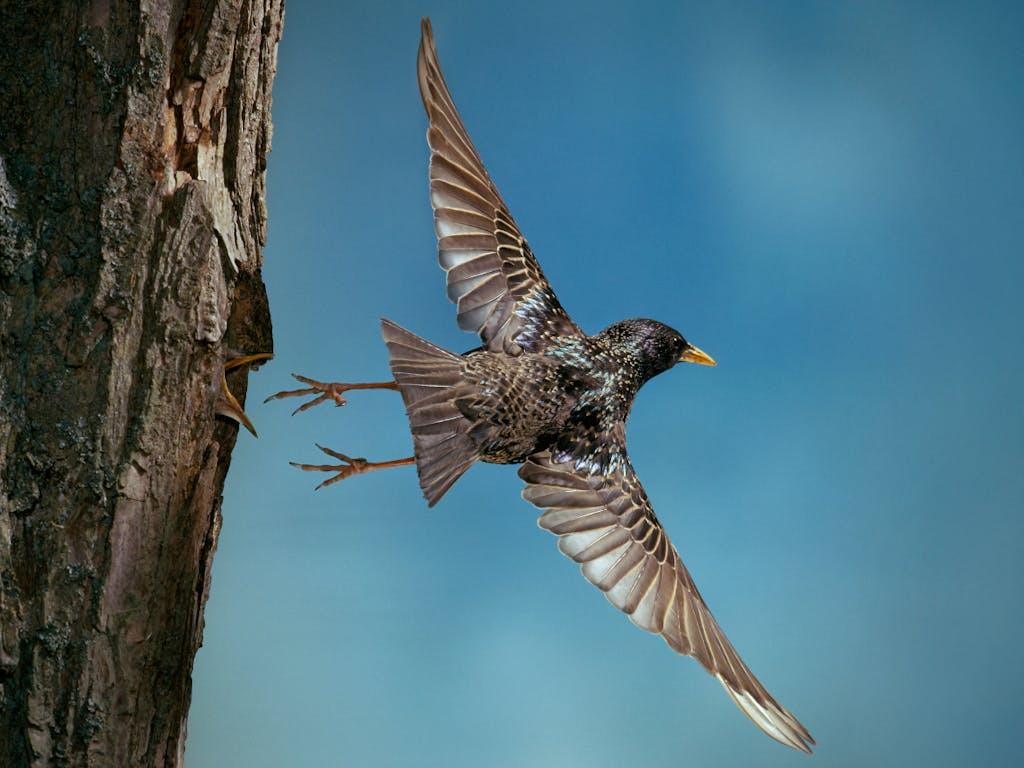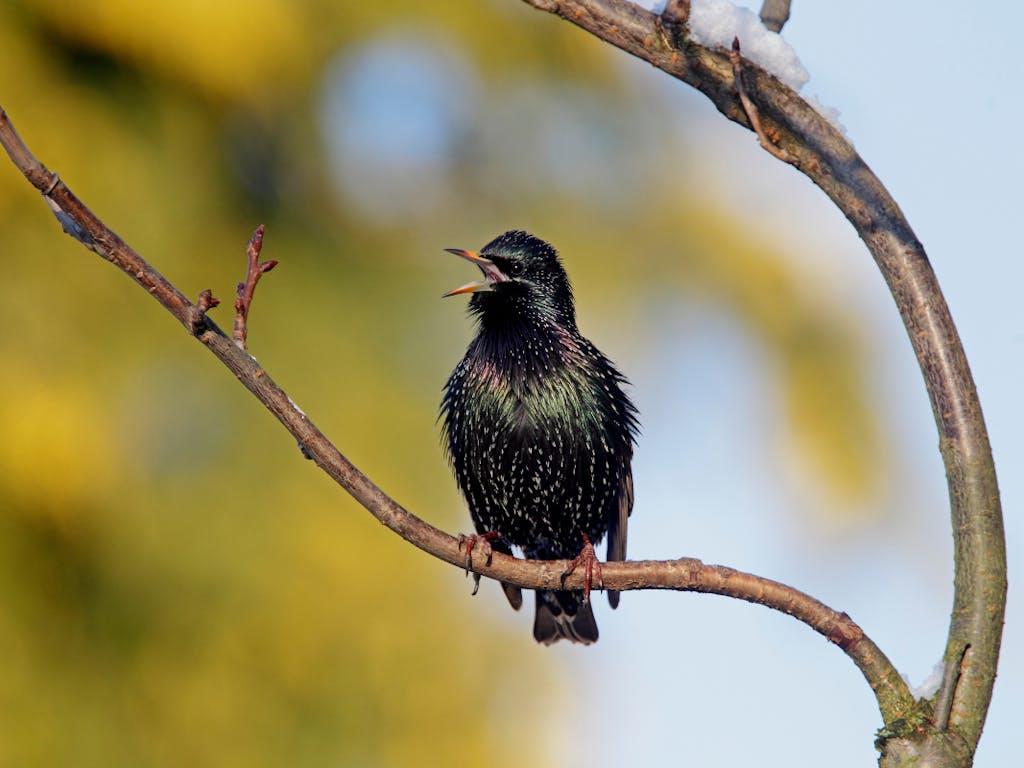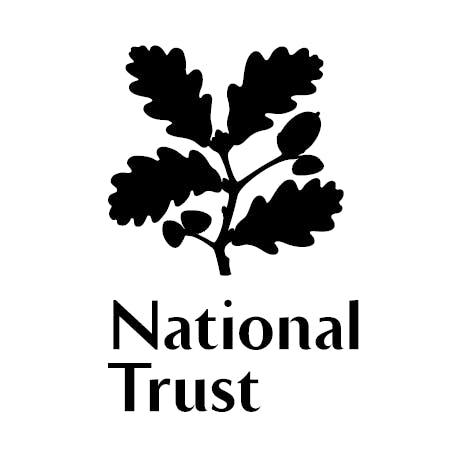Starlings
Famous for their group aerial acrobatics
Starlings are common garden visitors here in the UK, but they are one of our fastest disappearing birds. Their numbers fell by 53% between 1995 and 2018, and without our help, things will only get worse.


Murmurating mimics
You might recognise a starling’s lively chattering, but did you know they’re also great mimics? They can produce a whole range of sounds from dogs to frogs, as well as human speech, car alarms and ringtones. Next time you hear one sing, listen out for any unusual sounds.
Starlings are better known for their other skill: taking to the skies to perform aerial ‘dances’ known as murmurations. Gathering in their thousands, or even hundreds of thousands, they move together to seek safety in numbers from birds of prey. It’s one of our most breath-taking wildlife spectacles.
Seeing them in gardens and as part of large gatherings might lead you to think that starlings are thriving. But the reality is that they are one of the fastest declining birds in the UK and they were added to the UK Red List of Conservation Concern as far back as 2002.


Changing landscape
While they still fledge many chicks, more and more of these young birds seem to be dying during the first year of life. This could be because of rising pollution and increasingly hot summers making food scarcer. Modern housing offers starlings fewer places to nest, and the way our grasslands and agricultural environments are managed, including pesticides usage, could also be playing a part.
Thankfully, there are lots of ways we can help. We can boost natural food sources for starlings and other garden birds by creating ponds, planting wildflower meadows, letting areas of grass grow long, or making log piles. We can make food and water available and put up suitable nestboxes. We can also reward farmers who practice wildlife-friendly farming and use schemes like Fair to Nature.
By making changes to how we encourage wildlife to our land, in our gardens and our farms, we can help starlings to recover and thrive once more in our wild isles.
Starlings in numbers
4-6
no. of eggs breeding pairs lay each year
21 yrs
oldest known wild bird
15%
of juveniles that live beyond one year
Peckish for more?
Discover more about where starlings live, the threats they face, and some stories of hope that show we can preserve nature if we take action.










